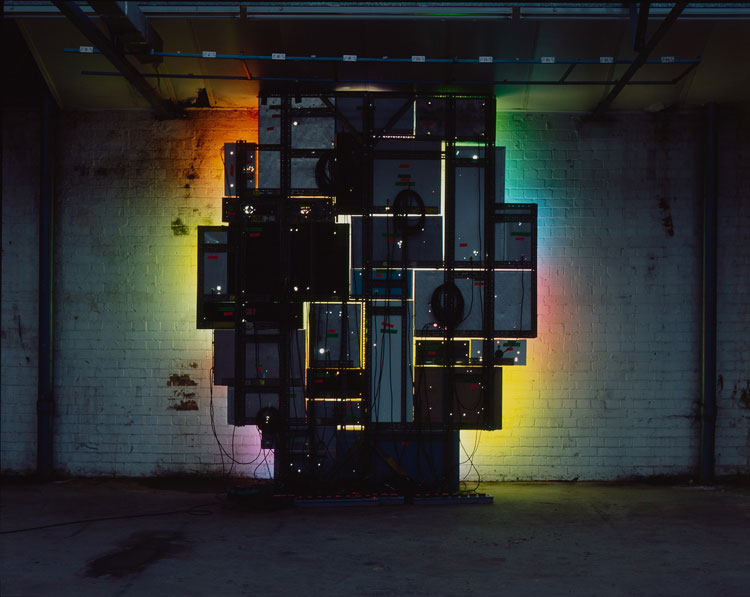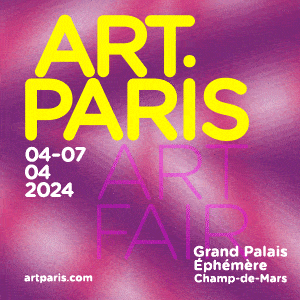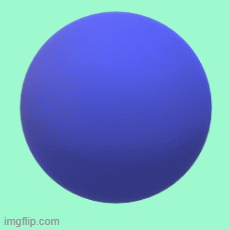Whitehot Magazine
April 2024
"The Best Art In The World"
"The Best Art In The World"
April 2024
March 2013: Light Show @ Hayward Gallery, London
 Ann Veronica Janssens, Rose, 2007. Seven beams of light and artificial haze (360 x 250 cm). Courtesy of the artist and
Ann Veronica Janssens, Rose, 2007. Seven beams of light and artificial haze (360 x 250 cm). Courtesy of the artist and
Hayward Gallery; photography by Luciano Romano and Galeria Alfonso Artiaco
Light Show
Hayward Gallery
Belvedere Road, London SE1 8XX
January 30th - April 28, 2013
If the bleak cold hanging over London has triggered your hibernation instincts, Light Show is a bright, hot, sparkly, thrilling shock to the system. Our senses are tricked to respond, because it is primal, what happens at the Hayward Gallery. We step in from the winter outside to be faced with a collection of rods emitting mesmerising bright lights, creating ever-changing patterns as they dance up and down. This is Leo Villareal’s Cylinder II, and those noises are the sighs from the awe-struck audience: we realise we are in for a treat.
Freestanding installations, projected lights, and immersive environments make up this 22-strong group show, aiming to explore the use of light in art from the 1960s to the present day. In this attempt the show succeeds, but beyond this the effect is something of a fairground, with new rides awaiting around each corner. Cerith Wyn Ewans’ S=U=P=E=R=S=T=R=U=C=T=U=R=E is three columns of light tubes, with yellow light fading slowly in and out. The effect is one of intense satisfaction: step closer and you realise it’s hot, creating a combined effect of a rapid-cycle sunrise and sunset. At its peak it’s too bright, but then it’s gone far too soon.
The truly immersive thrills start with Anthony McCall’s You and I, Horizontal, made up of light strobes and mist in a dark room. Visitors are gravitating to the light source, trailing their hands through the light made solid. The desire to be inside this chunky bit of light is strong, like the urge to brush against a velvet curtain, or dip into a lake, or maybe it’s like that feeling of being on an airplane and looking down at the clouds: we want to be inside.
James Turrell’s Wedgework V creates a similar desire to step inside the artwork, although in this case it’s not possible. The sense of space in the bright red field of light is an illusion, or at least I think it is, as the longer you sit there the more intense it gets. More illusions are happening in Carlos Cruz-Diez’s Chromosaturation, where visitors must wear shoe covers while moving slowly between three rooms. Step inside the first and it seems intensely neon green, before the colour fades; move on to the red room and the same intense burst happens, and then the same in the blue room. It takes a moment to realise the fluctuation in colour isn’t the light fading, but your eyes adjusting to the intensity and correcting for it, enabling you to see nuances in what at first seemed like a punch of pure neon. It’s a trick of the light, but even once you become aware of it, each time you change rooms it works just as well as the first time.
 Brigitte Kowanz, Light Steps,1990, Fluorescent tube lamps (dimensions variable). Installation view from Galerie Zumtobel in Vienna.
Brigitte Kowanz, Light Steps,1990, Fluorescent tube lamps (dimensions variable). Installation view from Galerie Zumtobel in Vienna.
Courtesy of the artist and Hayward Gallery; photography by Matthias Hermann
Senses are overwhelmed by works like Conrad Shawcross’ Slow Arc Inside a Cube IV, which throws rapid shadows on the wall to a merry-go-round effect that leaves your head spinning, and possibly even your stomach heaving. Katie Paterson’s Light Bulb to Simulate Moonlight is a lone low-slung bulb, precisely configured to generate the same amount of light as the moon when in opposition with the sun. Spare bulbs are provided, representing a lifetime’s supply. It’s a quiet effect in comparison with many of the works on display, but one which stays with you if you let it.
Similarly to how Paterson’s work is a commentary on how industrialised societies are starved of natural moonlight, Iván Navarro’s Reality Show (Silver) is also more than the sum of its parts. Visitors queue to step into the phonebox-like cube, where you are surrounded by one-way mirrors. While staring into the infinite repetitions of your own image, you are acutely aware that everyone outside is watching. Navarro grew up during the Pinochet dictatorship in Chile, and has transferred a feeling of surveillance into his art to powerful effect.
Olafur Eliasson’s Model For a Timeless Garden is the last piece in the show, and does a grand job of the challenge of creating an impression in visitors now nearly saturated by a multitude of sensory impressions. Strobe lights are used to create a surreal experience, with numerous water fountains creating an ever-changing live performance of stop-motion pictures. It is overblown and leaves you feeling utterly overwhelmed, thrilled to be there and grateful to leave.
Many of the works that make up Light Show are primarily an exploration of our experience of light, showing us just how intensely our brains are wired to seek it out and delight in its presence. Dan Flynn’s Untitled (To the ‘innovator’ of the Wheeling Peachblow) is a mixture of yellow, pink and daylight tubes combined to create “the colour mix of a lovely illusion”, which describes precisely what it is. But beyond the pleasant, the main reason the use of light in these artworks is so effective is because it triggers something primal, something fundamental in how we are wired for survival. We are drawn to the light, like animals who instinctively know it is a source of life, and maybe that is why our reactions to these light shows come not from the brain, and maybe even not from the heart. Instead we fall back on our instincts, and we react with our guts.
 David Batchelor, Magic Hour, 2004/7. Found steel and aluminium lightboxes, found steel supports, acrylic sheet, fluorescent lights, cable and plugboards (308 x 276 x 50 cm). Courtesy of the artist and the Hayward Gallery; photography by David Batchelor
David Batchelor, Magic Hour, 2004/7. Found steel and aluminium lightboxes, found steel supports, acrylic sheet, fluorescent lights, cable and plugboards (308 x 276 x 50 cm). Courtesy of the artist and the Hayward Gallery; photography by David Batchelor
 Ceal Floyer, Throw, 1997. Profile-spot theatre lamp and commercial-made gobo
Ceal Floyer, Throw, 1997. Profile-spot theatre lamp and commercial-made gobo
reference no. 8136, ‘splodge’ (dimensions variable). Courtesy of the artist, Hayward Gallery,
Lisson Gallery; Esther Schipper and 303 Gallery; photography by Carsten Eisfeld

Jessica Furseth
Jessica Furseth is a freelance journalist living in London. Read more of her writing here: http://jessicafurseth.wordpress.com/








